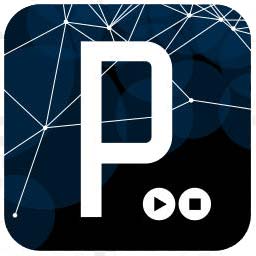Last update : January 21, 2014

Processing Software Logo
Processing is an open source programming language and environment for people who want to create images, animations, and interactions. Since 2001, Processing has promoted software literacy within the visual arts and visual literacy within technology. Initially created to serve as a software sketchbook and to teach computer programming fundamentals within a visual context, Processing evolved into a development tool for professionals.
Processing is an open project initiated by Ben Fry and Casey Reas. It evolved from ideas explored in the Aesthetics and Computation Group at the MIT Media Lab. The current version is 2.1, released on October 27, 2013.
The following websites help to learn processing :
- processing.org : the official website with exhibitions, references, downloads, forums, feeds, wikis, code snippets, examples, blogs and more.
- Processing on Wikipedia
- Processing.js : processing javascript offical website
- Learning Processing : a beginners guide by Daniel Shiffman (pdf file)
- OpenProcessing : to share sketches with others
- Sketchpatch : programming playground
- HasCanvas : tool for creating and sharing processing.js sketches
- SketchPad : featured processing.js sketches in the gallery
- Stackoverflow : about 1.000 questions tagged with processing
- Arduino : Playground processing
- Processing tutorials, by Joseph Alexander Boston
